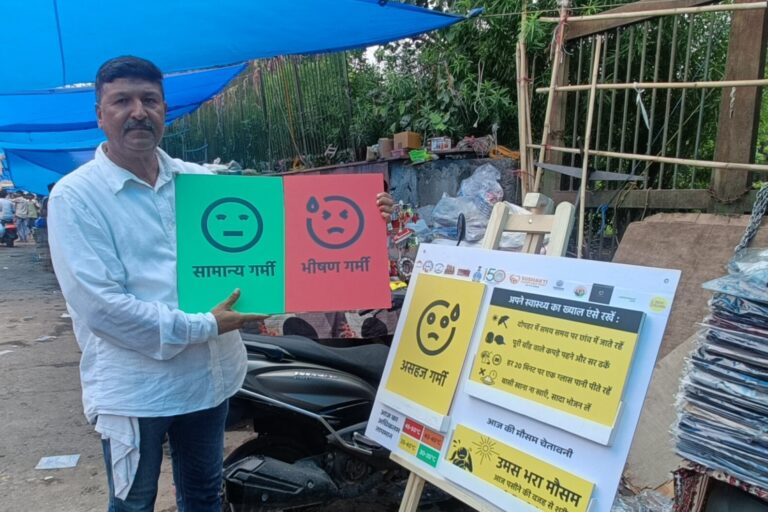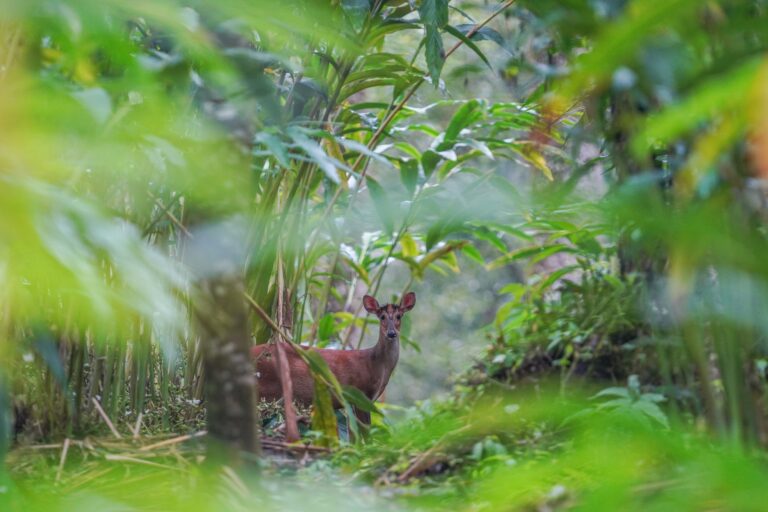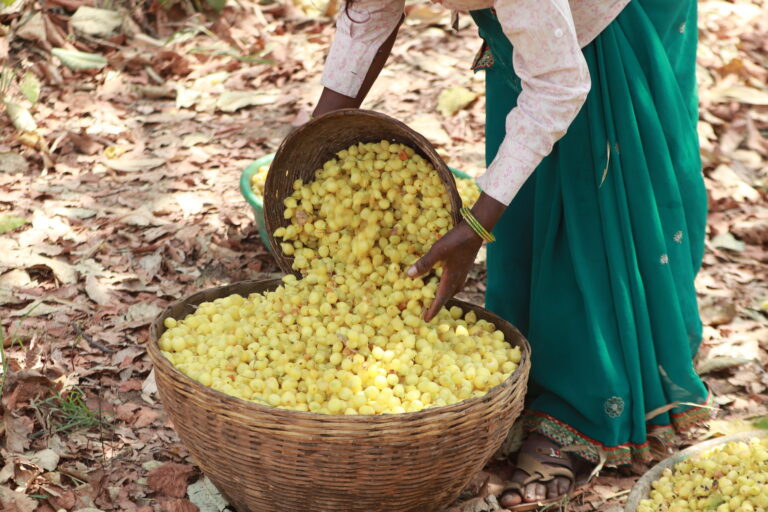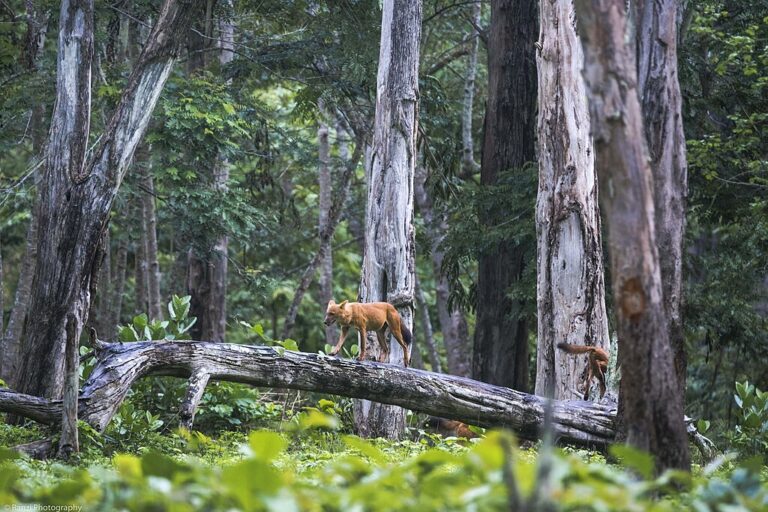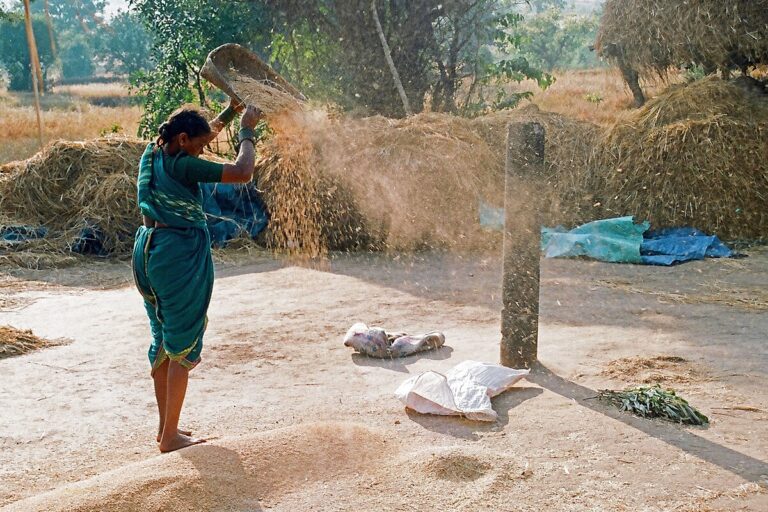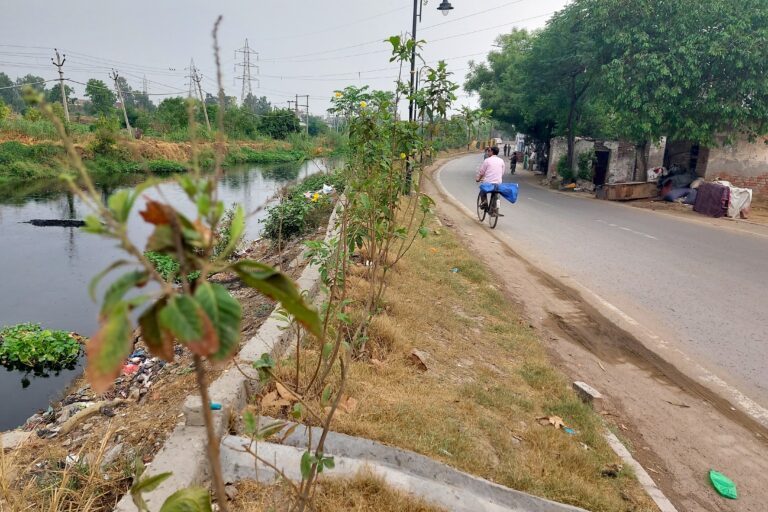- Simply written and narratively engaging, The Light of Wilder Things is an insightful coming-of-age story of a young Indian naturalist.
- With excellent photographs and beautiful hand-drawn illustrations, the book covers both the thrill of seeing your first wild creature to the deeper and complex issues of human-wildlife coexistence.
- The book is a great introduction for young readers, especially those living in cities, to the wildlife and ecology of India.
From the cardamom-scented plantations of Idukki district in Kerala to the windswept slopes of Ladakh where Himalayan langurs roam — The Light of Wilder Things follows Ishan Shanavas’s coming-of-age journey as a young wildlife enthusiast beginning from the age of four to his university years. Filled with both humorous and nerve-wracking anecdotes from the forests, valleys and mountains of India, this book offers its readers a detailed portrait not only of the country’s diverse wildlife, but also of the people and landscapes that Shanavas encounters.
Narrated with an expressive honesty, and a sharp attention to detail, Shanavas makes his readers feel as though they are experiencing these moments alongside him. Accompanying his light and easy narrative style are beautifully detailed illustrations, in a clear ode to the earliest naturalists who did not have cameras and hence relied on pen and paper to describe nature. Beyond personal storytelling, the book also subtly reflects on larger discourses in the conservation space, including human-wildlife conflict and the growing commercialisation of India’s natural spaces.
From balcony birds to jungle boars
Shanavas’s first encounter observing a white-cheeked barbet from his balcony at the age of four is what he claims sparked a fast-growing passion for the natural world. Growing up on National Geographic and wildlife encyclopedias, he idolised figures such as Steve Irwin and Ullas Karanth. He credits his parents for playing a crucial role in supporting his interests — frequently taking him to wildlife sanctuaries such as the Bandipur Tiger Reserve, traveling to rural corners of Ladakh several times a year to work on a water conservation project with Chewang Norphel, and giving him the opportunity to obtain an early scuba diving certification after frequently visiting the islands of Maldives, Lakshadweep and the Andaman and Nicobars.
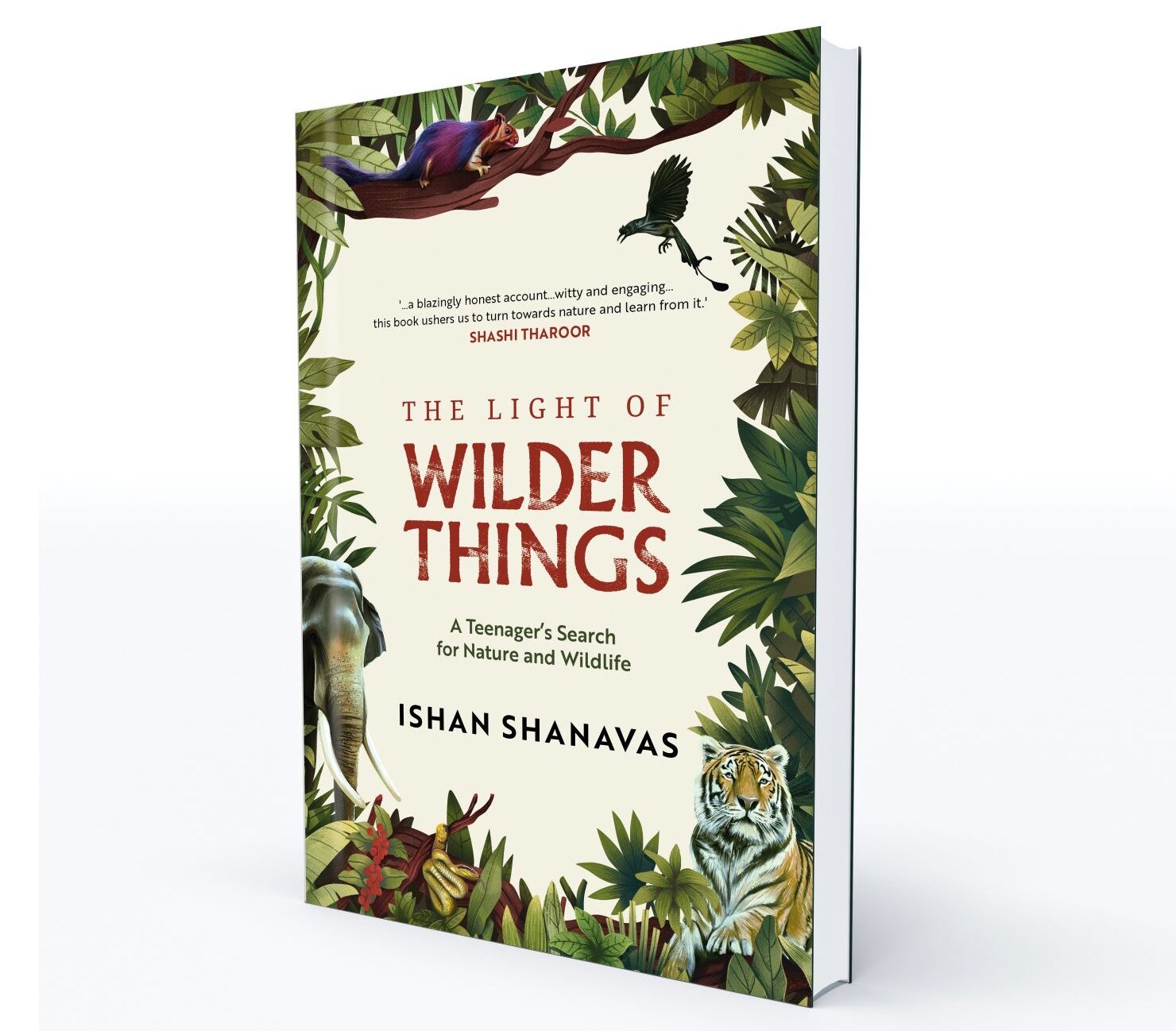
His relationship with the natural world took a deeper turn when he joined Rishi Valley School in the Chittoor district of Andhra Pradesh at the age of fourteen. Nestled in the middle of rolling hills, deciduous jungles and sprawling with wildlife such as spotted owlets, vine snakes, frogs and gaurs, this school was the ideal nurturing ground for him to deepen his connection with nature. He spent his high school years in this school which also hosts a bird preserve, and recounts numerous stories of waking up to a monkey in his bed, rescuing an unfortunate checkered keelback that found its way to the dining hall, chasing after a white-throated kingfisher deep into a forest clearing, and even spying on a herd of wild boars from his hostel rooftop.
An evolving relationship with nature
As Shanavas recounts his time through his childhood years, we start to see his relationship with the natural world around him evolve, and his personal views take shape as his interactions with wildlife grow more and more complex. At Rishi Valley, he recalls hesitating to step in to save a snake when it caught itself in a thorn in pursuit of prey. He remembers standing there watching the snake struggle for more than an hour, the snake finally ripping free on its own and slithering away with rather large wounds. He was plagued by the question, “Would I be interfering with the natural order of things if I choose to save this snake? Should you save a creature’s life in the wild if you could?”
At 14, Shanavas experiences his first tiger sighting in Bandipur, sitting quietly in a safari jeep with his father. He calls it one of the most pivotal moments of his life — an experience that felt like a true calling, and one that left him with a fierce sense of belonging to the wild. A few years later, on a school trip to Tadoba-Andhari Tiger Reserve, he sees another tiger. But this time, the moment feels different. The tiger is surrounded by a dozen jeeps, with tourists clamouring for a photo, eager to tick off a bucket-list sighting.
His disillusionment is gut-wrenching as he realises a key fact — wildlife, in many places, has become a spectacle, exploited and intruded upon for tourism. Early in the book, he describes himself as an armchair activist, quick to blame humans for harming wildlife. But a close encounter with a rogue elephant on his father’s plantation, and later, seeing the degraded forests at MM Hills from years of cattle grazing, reveal a difficult truth: the cattle are a lifeline for the local communities. There isn’t one side to blame here, only a complex reality where both human needs and wildlife needs often clash, yet are deeply intertwined.

Encounters with the wild
Across all of Shanavas’s tales, one theme remains constant: his deep curiosity about the natural world. He encourages readers not to be passive observers, often diving into great detail about the creature in front of him and imagining what it might be like to be in their shoes. In various chapters, we see him spending hours observing, with a notebook and a pen in hand, a single species or landscape. Shanavas also recounts some very close-calls he’s had throughout the book. Wildlife interactions, he reminds us, can be as dangerous as they are incredible. He narrates a Himalayan trek nearly gone wrong under thunderous rain and swiftly-approaching night, a rogue elephant in his father’s plantations, and a one-on-one face-off with a gaur in Agumbe.
One incident, however, brings you to a brief but uncomfortable halt, given its devastating, and daily, prevalence in many parts of the country. During a tumultuous period when Shanavas is grappling with a big question — what does my future look like? — he comes across a bronzeback tree snake perched right outside the mesh of his hostel window, and reaches for it, overcome with a sudden urge, perhaps out of despair, to ask — what is it like to be bitten by a snake? The bronzeback tree snake, thankfully, is non-venomous, and Shanavas knows this, so risks nothing bigger than a stay at the school infirmary, some general worry from the school about its resident wild child and a call with his worried parents. It is an encounter whose retelling needs a stronger warning for its young urban readers who may not know their non-venomous snakes from venomous ones. India continues to be significantly affected by snakebite cases, and most of the victims have neither the choice about which species they get bitten by, nor the quick access to medical care.

Beyond the forest
Alongside these wildlife encounters, The Light of Wilder Things is also about the people who live alongside and with wild spaces. Throughout his journey of internships and volunteering experiences, Shanavas meets researchers, conservationists, and indigenous communities living in close proximity to India’s diverse fauna. He recounts lessons from the Jenu Kuruba community during his internship with the Junglescapes NGO in the Bandipur Tiger Reserve, about the difference between chital alarm calls for tigers and leopards, and how to identify the tracks of elephants and other animals that move across the forest floor. It was a reminder that, no matter how much he had learned from his own experiences, there was still always more to learn, especially from communities who live so closely with nature.
The circumstances of Shanavas’s journey are unique, especially since his early exposure to wildlife and ability to travel to remote parts of India at a young age were made possible, in part, by privilege, which also perhaps allowed him to view nature with wonder rather than with fear. While this gave him a good stepping stone, what has remained consistent is his continued interest in seeking out and understanding the natural world through his own efforts. Whether spending time in forest villages with limited connectivity or navigating difficult terrains and unpredictable situations, Shanavas has continued to engage with questions around experiencing wildlife in India — offering his readers a look into that rare journey to find ‘the light’ in wilder things. This book is a great introduction for young readers, especially those living in cities, to the wildlife and ecology of India, exploring the realities and joys of wildlife conservation.
Read more: A fascinating book on India’s rivers and their travails [Book Review]
Banner image: A barking deer. Image by Ishan Shanavas.







